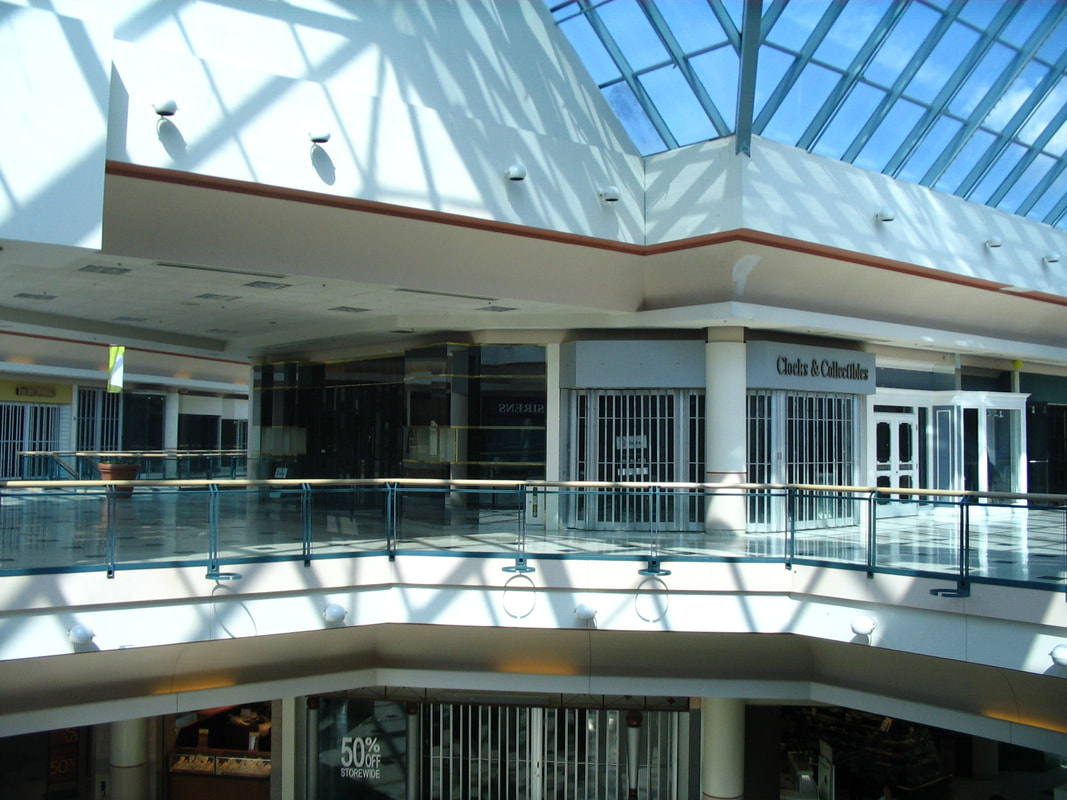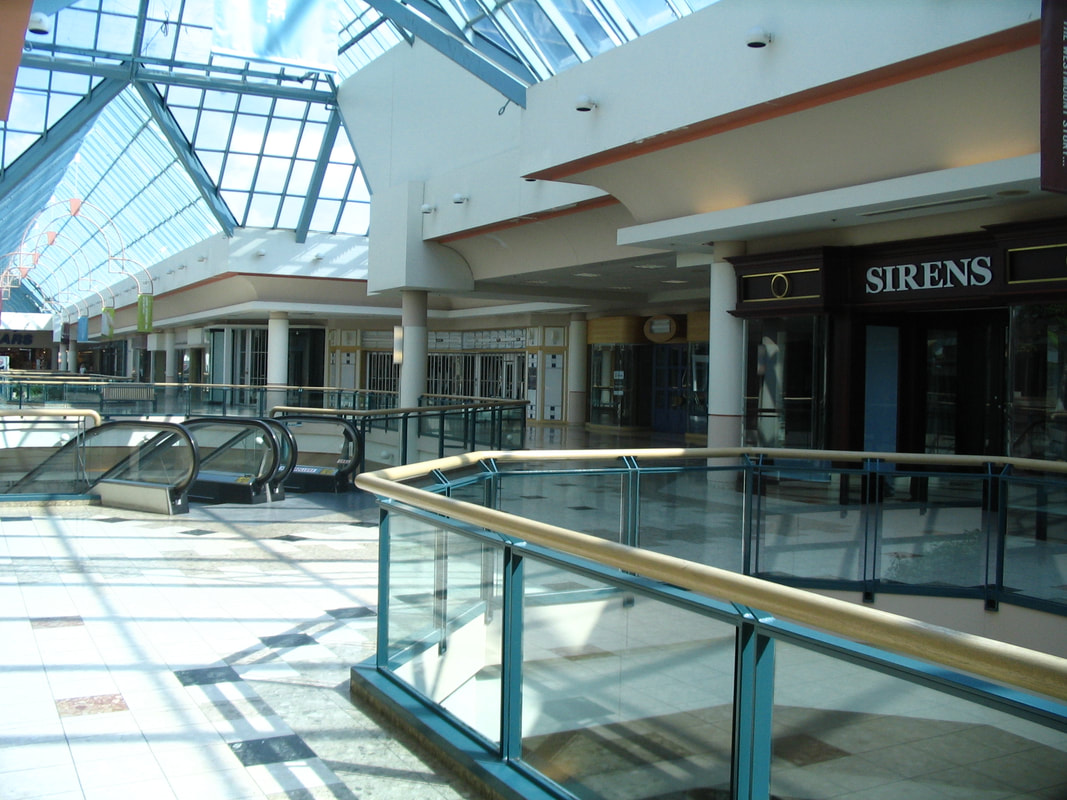|
"Westmount" by Loozrboy is licensed under CC BY-SA 2.0 . Source: Flickr As life expectancy in the US continues to increase, developing a sustainable approach to caring for our seniors is becoming more urgent. At the same time, changing retail trends have meant that brick-and-mortar shopping malls and big box stores are losing out to online retailers and pop-up or other alternative models. Indoor shopping malls have been experiencing high vacancy rates for some time, and the COVID-19 pandemic has only exacerbated that trend.
Long term care administrators and developers are starting to see these defunct malls (and big box stores, hotels, schools) as an untapped resource in their search for affordable property. A new trend is emerging: the adaptive reuse of “dead” shopping malls as long term care facilities. A Massachusetts developer recently asked David Sisson Architecture to evaluate one such property for this use. Here are some takeaways: Obstacles:
Advantages:
Design Solutions:
Read more: https://www.ncbi.nlm.nih.gov/pmc/articles/PMC7603995/ https://www.cbre.com/report-download?PUBID=41306da9-0a27-43d3-81c2-0c6d88905466 https://seniorhousingnews.com/2019/12/17/mall-conversions-could-build-on-pioneering-dementia-village-model/ 7/7/2022 01:59:04 pm
very interesting, good job and thanks for sharing such a good blog. 7/7/2022 02:34:13 pm
This shortage of light is a major problem especially since the latest research on quality of life in nursing homes and assisted living communities offers strong evidence of the benefits of natural light for maintaining natural sleep rhythms, I’m so thankful for your helpful post! 7/15/2022 04:28:53 pm
That encourages shoppers to linger, lose track of time, and spend more than they planned. Big box stores have even less light and may be less easy to adapt into long term care. Thank you, amazing post! 8/5/2022 05:09:37 pm
Which is advantageous for ambulatory residents in assisted living communities who can walk to local services or shops for small purchases. I truly appreciate your great post! 9/6/2022 05:12:01 pm
This shortage of light is a major problem especially since the latest research on quality of life in nursing homes and assisted living communities offers strong evidence of the benefits of natural light for maintaining natural sleep rhythms, Thank you for taking the time to write a great post! 9/14/2022 05:55:02 pm
Urban malls in particular are often pedestrian friendly, which is advantageous for ambulatory residents in assisted living communities who can walk to local services or shops for small purchases. Thank you for taking the time to write a great post! 9/20/2022 06:05:38 pm
Which create a time capsule effect that encourages shoppers to linger, lose track of time, and spend more than they planned. Big box stores have even less light and may be less easy to adapt into long term care. Thank you for making this such an awesome post! 11/21/2022 01:53:58 am
I like how this post underlined that when looking to go to a mall, we should consider the traffic. It does make sense as one wouldn't want to visit a dead mall. I think I will read the reviews to ensure I choose the right mall to go to. Comments are closed.
|
© 2013-2024 David Sisson Architecture, PCDavid Sisson Architecture is a full-service, multi-disciplinary professional architecture firm based in East Providence, RI. We are licensed, registered, and insured architects in Rhode Island, Massachusetts, Connecticut, Vermont, New Hampshire, Maine, New York and Washington, providing both commercial architecture and residential architecture services. David Sisson Architecture specializes in multifamily housing development, adaptive reuse projects, historic preservation and commercial projects.
|
|
Contact Us1.401.595.7070
info@ds-arch.com David Sisson Architecture 345 Taunton Avenue East Providence, RI 02914 |


